Tag Archives: what is beauty
On Psychology and Physiology of Beauty
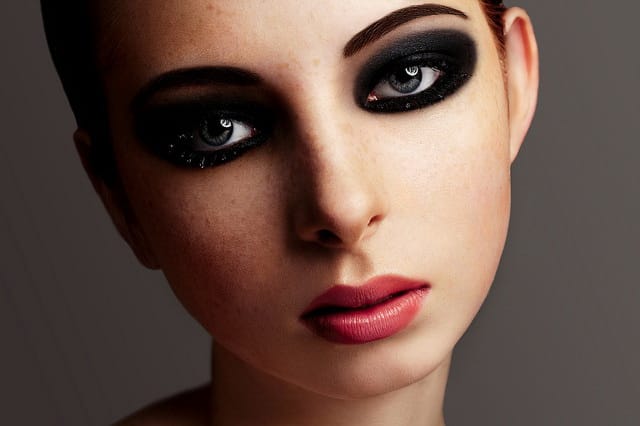
Beauty matters. From Plato to modern times, scholars tried to answer this question: “How our mind determines what is beautiful?”
There is no doubt that in this world, attractive people enjoy certain privileges, and not merely in the area of dating and relationships; frequently they are chosen for promotions over their less-attractive peers, favoured by teachers, deemed more trustworthy, and attractive infants are even said to be favoured by their mothers.
While what is deemed attractive is somewhat subjective, and differs somewhat in different regions of the world (though there is much more agreement on what makes an attractive person, it turns out, than disagreement), it usually comes down to a combination of factors, including the way you dress, carry yourself, your apparent social status, size, shape, and race. However, there is invariably one feature which stands out above all the rest in this process of determination—the face. Our brains are fine-tuned to immediately be able to tell a beautiful face from one only a mother could love, and this seems to be an ability we are simply born with (infants as young as six months old prefer to look at the same attractive faces adults do).
This reaction is so inherent and immediate it is said to take place before you are even consciously aware you have seen a face; a recent study which showed people faces for only 13 milliseconds found that the participants were able to assess the faces’ attractiveness with the same accuracy as the experimenters themselves, who looked at the faces far longer. The people engaged in the study were not consciously aware of any deduction process they had gone through, feeling like they were merely guessing at the attractiveness of each fleeting face.
This hard-wired knowledge is not mere superficial preference, however; the features our minds have learned to recognize as “beautiful” are preferred by the brain because of what they indicate about a person’s physiology and even character.
So, without further ado, what makes us beautiful?
Beauty – In the Eye of the Beholder?
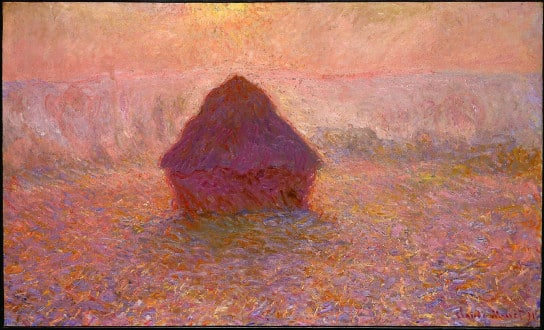
Hand in hand a couple looking to be in their 50’s stroll through the art museum. Coming upon an area dedicated to impressionist art they stop and observe a Monet painting “Grainstack, Impression in Pinks and Blues”
“Hmm, Alice, here’s one I just don’t understand.”
Looking first at the example then at her companion, she responds,
“Why Henry, I think it is beautiful.”
It is interesting how differently people discern beauty. It’s as though each of us has an individual eye for it. But, is beauty individually or collectively determined? Let’s see what we can learn.
Why is this important? It certainly can go a long way toward explaining or at least establishing an understanding of our human differences. Such steps, if used wisely can go a long way toward allowing for disagreement while not destroying something far more valuable than a response.
Connecting Aesthetics, Beauty, and Psychology
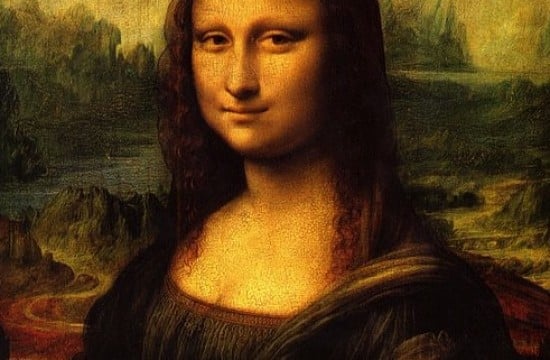
by Jim Aldrich
Before venturing forth I think it’s important that we are all on the same page as far as what it is we are talking about. For this reason I begin with a section on definitions. No big deal, there are really only three words to concern ourselves with: Psychology, Aesthetics, and Beauty.
Psychology: For our purposes here, let’s keep this simple. According to the Merriam-Webster dictionary psychology is, “the science of mind and behavior” or a means for empirically testing certain processes or theories. Its value lies in being able to point out how the mind functions in certain areas.
Aesthetics: The collection of those factors which, when combined determine the beauty of something or a lack of it.
Beauty:”… a characteristic of a person, animal, place, object, or idea that provides a perceptual experience of pleasure or satisfaction.” (en.wikipedaa.org/wiki/Beauty)
The Question:
So why should you care one iota about this topic? First, you are here for a reason. You probably weren’t web site surfing, there was a reason for your madness. Stick around and you may find that the topic has many applications. For example, it wasn’t until I began studying this topic that it had ever occurred to me to view art as a form of personal and cultural communications. Or the possibility of expanding your appreciation of different art forms.
The question here is this: “How does the science of psychology influence the use of aesthetics in creating a beautiful form of art?”
Imagine
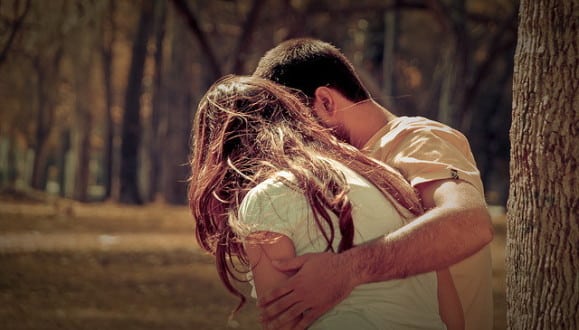
Among the traits acquired by us humans is the ability to be judgmental. An area of this ability is beauty. When we receive a message through any of our five senses, sight, touch, sound, smell, or taste our mind responds. Usually with a spontaneous moment of awe and wonder or a simple exclamation of “wow!”
A secondary response is an opinion. When triggered most of us have an opinion, hard to believe, just ask! Some of those opinions are fact based, but it seems that many lack any forethought or rational explanation. What constitutes beauty and how is that opinion discerned? Let me explain.
You are out shopping at the mall. It’s the weekend so it is crowded. People of all shapes, sizes, colors, and attire push and shove their way past the stores. You are in no hurry, in fact, you rather enjoy people watching. And do people ever make that easy.
Psychology of Aesthetics
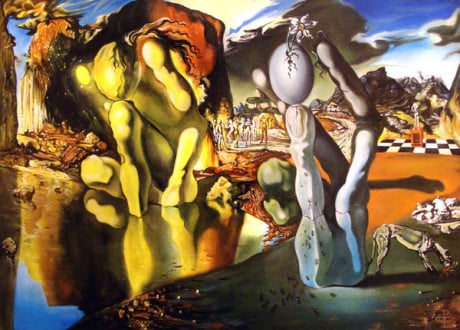
The world of art remains a mystery to most of us. Unless you’re one of those few who has formally studied it, the closest we come to art appreciation is “I know what I like.” A rationale that works for most of us.
Art is a form of communications. As the Canadian philosopher and prophet of the digital age, Marshall McLuhan wrote several decades ago “The medium is the message.” It is the artist that has a vision or a message waiting to be expressed. The recipient of this message is people like you and me. But, it is the art, in whatever medium it takes on, that is the message.
A tour through the vast catalogues of art show us the breadth and scope of those messages. From a simple red apple sitting among other fruits in a bowl to the panoramic view of Dante’s Inferno there is a message. The level of acceptance achieved by the artist is in direct proportion to their understanding of the psychology of aesthetics. The medium of the message.